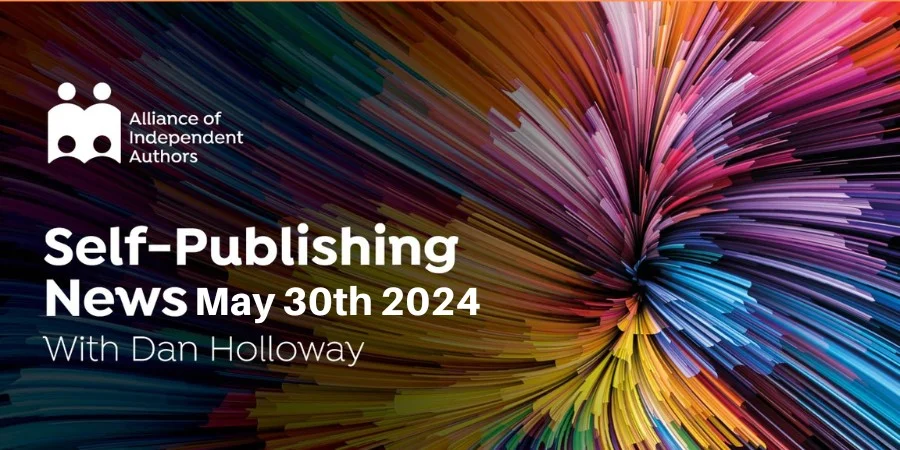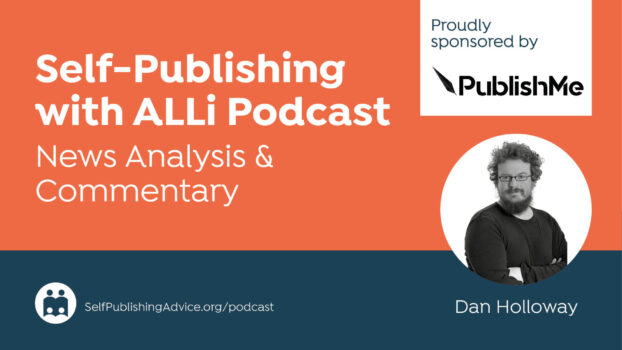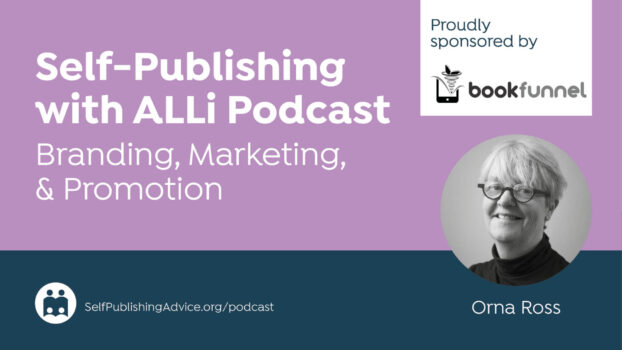
ALLi News Editor, Dan Holloway
Last week, we looked at the figures for electronic book sales and the ways in which they are notoriously misleading in their official format. This week, there’s an interesting glimpse into print sales, particularly the genres driving the healthy levels of those sales. Thanks to Porter Anderson over at Publishing Perspectives for outlining the details of an analysis of print sales by the entertainment analysis group Circana.
The reporting of print sales by industry bodies will be at least partially incomplete in accounting for indie titles sold in non-traditional ways. But the fact that most of us use ISBNs means that there is not the gaping lacuna you find in statistics that miss out on the whole of Kindle Unlimited and much of the sale of ebooks published through Amazon that have only an ASIN but not an ISBN.
The raw figures from the latest StatShot report on print sales in the United States make for interesting reading. They show a year-on-year decrease of four percent. But that doesn’t tell the full story. What’s really interesting is how the sales are made up. The top ten bestselling chart for adult print books in April makes current trends really clear. First, as an aside, the titles at the heart of the story are those I would usually find, at least in my local bookstores, on the young adult rather than adult shelves. That in itself says something about the demographic of people buying print.
Seven out of the ten bestselling titles on the list come in the fantasy or romance genres, and several of those fall firmly into what people would label romantasy. They include the star of the moment, Rebecca Yarros, but also two titles from perennial favorite Sarah J. Maas.
All of this feels like part of a much wider picture. It’s a picture that includes the growth of social media reading trends driven by the likes of BookTok and aesthetic trends like dark academia that have made reading physical books a “look” that younger readers want to adopt. And that is a picture we can’t really think about without also considering what might happen if the United States really does ban TikTok, for example. Or even, in news just a few days ago from my side of the pond, if the UK were to scrap phones for the under-sixteens.




